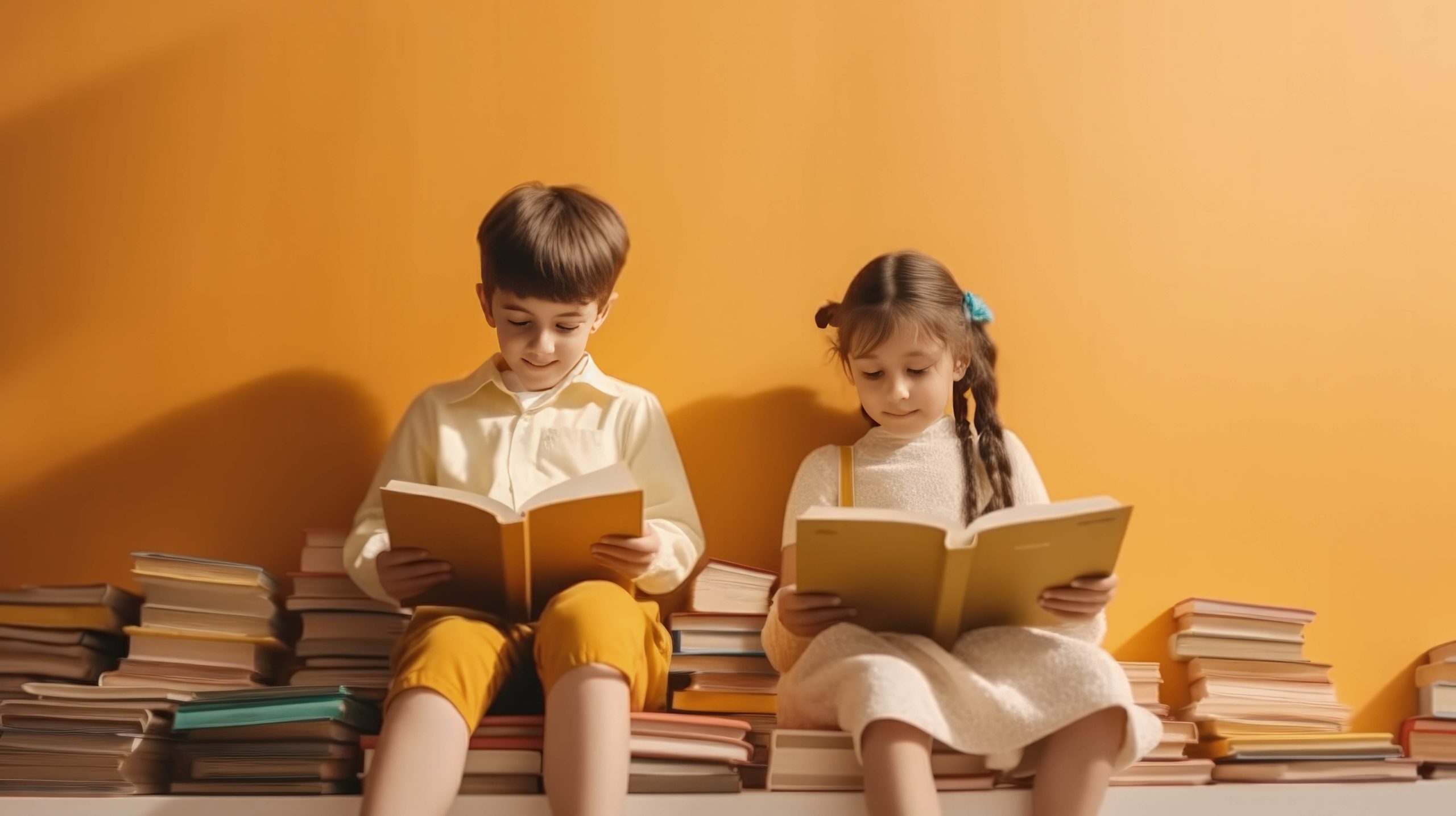
Understanding Preschool Education Levels for Lifelong Learning
Introduction:
Early childhood education shapes our society’s future, providing the foundation for lifelong learning. Each preschool level aims to support holistic development, enabling essential skills, knowledge, and values acquisition. In this article, we delve into the goals and objectives of each level to understand their contribution to lifelong learning.
Infant Level:
The first stage, designed for infants aged six months to two years, prioritizes emotional attachment, physical development, and sensory stimulation.
Toddler Level:
For children aged two to three years, this stage focuses on independence, language development, and social skills.
Pre-Kindergarten Level:
Aimed at three to four-year-olds, this level prepares children for formal schooling through cognitive development and emotional support.
Kindergarten Level:
Focusing on four to five-year-olds, this level builds literacy, numeracy, and social-emotional skills for primary education readiness.
Transition Level:
The final stage, for five to six-year-olds, emphasizes academic skills, social-emotional development, and primary education preparedness.
Importance of Lifelong Learning:
Lifelong learning cultivates curiosity, enhances cognitive development, builds resilience, promotes personal growth, and prepares for the future.
Tips for Promoting Lifelong Learning:
Encourage curiosity, provide learning opportunities, foster independence, focus on the learning process, and emphasize its importance.
Conclusion:
Preschool education lays the groundwork for lifelong learning by supporting holistic development. Understanding each level’s goals and objectives empowers educators and parents to nurture lifelong learners effectively.
Goals and Objectives of Each Preschool Education Level:
Each level, tailored to specific age groups, prioritizes physical, cognitive, emotional, and social development through play-based learning, language development, emotional regulation, and preparation for formal education.

